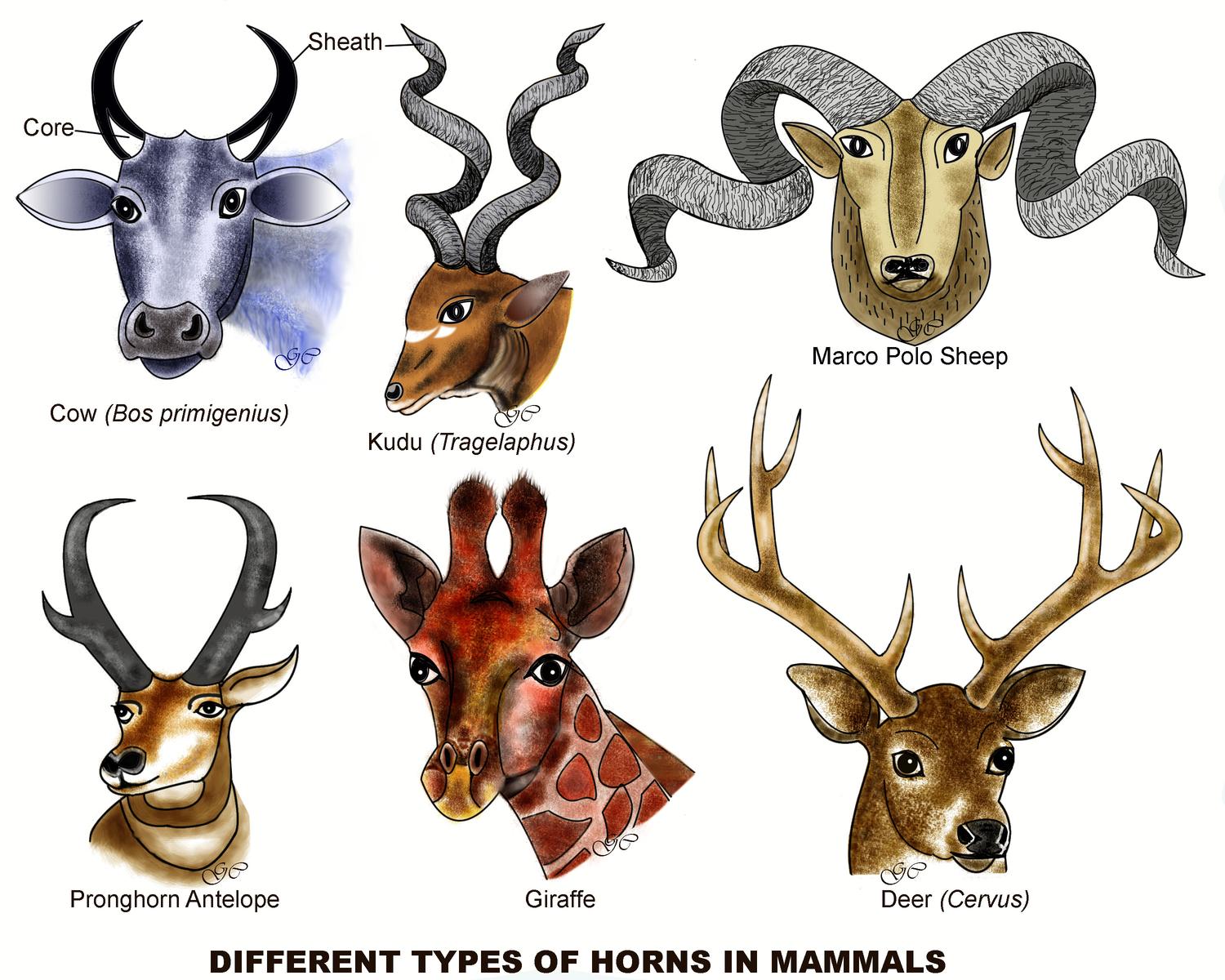
Comparative Anatomy is to make a comparative study of the anatomy of an organ in different groups of vertebrates and try to derive the evolutionary significance from it, and to understand as to why an organ evolved the way it is present now. Genetic and environmental forces are responsible for the development of an organ, on which then natural selection operates to determine its survival or elimination. The following chapters are given here.
Click on the title to open.
- Books on Comparative Anatomy
- Skin–The Integument
- Digestive system
- Respiratory system
- Circulatory system
- Vertebrate kidneys
- Vertebrate Gonads
- The Urinogenital Ducts
- The Brain
- Sense Organ of sight – Eye
- Sense Organ of hearing – Ear
- Teeth & Dentition
- Skeletal System – Visceral Arches
- Skeletal System – Jaw Suspension
- Skeletal System – Vertebral Column
- Fins of fishes
- Tetrapod limbs & their adaptations
Know these facts
*All mammals have 7 cervical vertebrae except 6 in manatee, 8 in ant bear (Tamandua) and 9 in sloth (Bradypus).
*Elephants can hear infrasonic sounds of 14 hertz. from hundreds of km and whales can hear ultrasonic sounds of 123,000 hertz from thousands of km.
*Each second brain receives 100 billion impulses and fires 5000 commands but we are conscious of one millionth activity of our brain.
*Human brain loses about 100,000 neurons each day but the loss is insignificant because of the presence of billions of neurons in brain.
*Snakes auditory lobes are highly enlarged to hear faint sounds received through ground as they possess no external ear.
* Other than mammals, in all vertebrates spinal cord has more control over body functions than the brain.
*In humans brain is marvelously packed as 1800 sq cm of brain surface area is packed in only 15% of skull space.
*Nerve impulse travels in our body @ 400 km per hour.
*Crab eating frog (Rana cancerivora) is the only amphibian that can survive in the intertidal marine water.
*Monotremes and marsupials do not possess a prostate gland.
*In sharks and caecilian kidney is called opisthonephros because it extends up to the posterior end of the body.
*Birds have only the left ovary and oviduct.
*Systolic blood pressure decreases in arteries from 130 mmHg in systemic arch, 30 mmHg in arterioles, 20 mmHg in capillaries, 12 mmHg in venules, 5 mmHg in smaller veins and zero mmHg in larger veins.
*Aortic blood pressure in giraffe is 260/160 to supply brain sitting on top of the long neck, but in brain it is only 120/70.
*Largest RBCs (75 microns) are found in the urodele, Amphiuma, and the smallest (2.5 microns) in the musk deer.
*Whales store air in huge nasal chambers and not in lungs.
*Elephant’s trunk has 40,000 muscles.
*No animal breathes free air. Oxygen from air must diffuse through fluid to the blood and hence a water film is necessary over the respiratory surface in all animals.
*Sharks jaws are loosely attached to the skull, so that when shark bites its jaws come out of the oral cavity to seize prey.
*Plethodont salamanders possess a tongue that is three-fourth the length of the body.
*Tongue of an elephant weighs 12 kg while that of a whale weighs 1500 kg and 50 persons can stand on it.
*Incisors of rodents and elephants continue to grow throughout life. A single tusk of an African elephant weighs about 100 kg.
*In hind gut fermenters such as horses, elephants and rabbits, large amount of food eaten goes undigested and hence they must eat large quantities to obtain enough nutrients.
*Gastric juices in snake’s stomach are so strong that they dissolve even the bones of the swallowed prey.
*In humans intestine is 28 feet long whereas in cow it is 165 feet long.
*Batrachotoxin and bufotoxin are such potent poisons secreted by frogs and toads that only 200 microgram can kill a man.
*Penguins breed in Antarctic and hatch their eggs at minus 50 degrees.
*Density of sweat glands is highest in the skin of Indians (738/sq cm) followed by Negros (709/sq cm), while in Europeans it is only 550/sq cm.
*The American pronghorn(Antilocapra americana) is the only antelope that sheds its horn annually.
*Antlers are found only in male deer and are shed after breeding season is over. Reindeers are the only deers that possess permanent antlers in both males and females.
In echidna and duckbilled platypus both male and female possess active mammary glands and feed young babies.
Sharks retain 100 times more urea in blood as compared to mammals. Their organs cannot function without such a high amount of urea in body.
Humans can sweat away as much as 3 litres of water per hour in summer. A person can collapse if loss of body fluid is 10% of body weight.